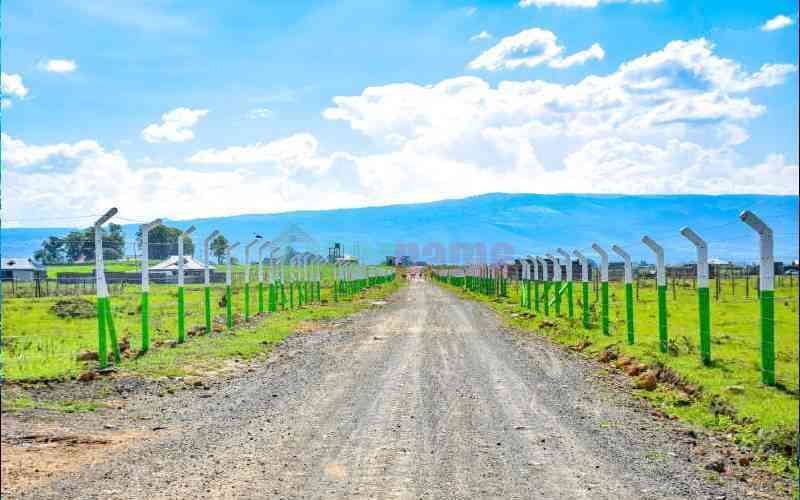×
The Standard e-Paper
Join Thousands of Readers

Ongoing and upcoming infrastructural developments in Nakuru County are causing land prices to shoot up.
As road networks improve, high-rise residential and commercial buildings are also cropping up also leading to rising property prices.